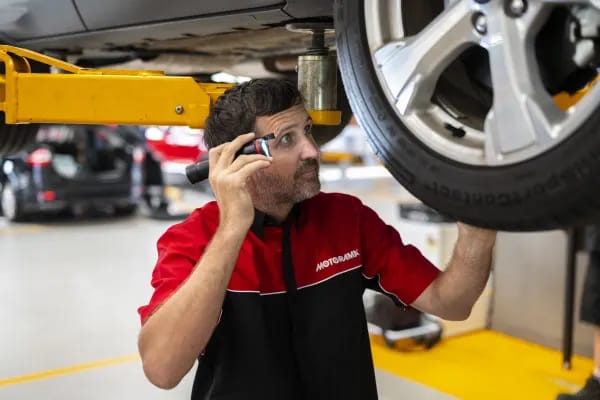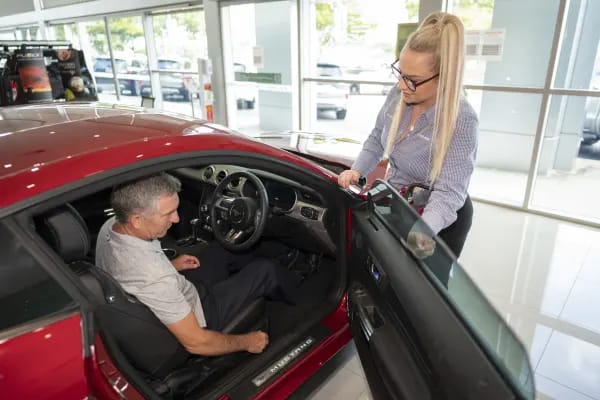
5 Things to Know About Dash Cams
Posted in Buyer Advice
5 Things to Know About Dash Cams
You’ve seen them on Facebook with Russian drivers in near misses with petrol tankers or meteorites falling from the sky, but dash cams are becoming more and more popular.
Here’s the top 5 frequently asked questions about in-car cameras.
Dash cams of some sort have been around for decades – remember those cop shows, where you see the officer arresting someone who’s been pulled over on the side of the road?
It recent years, in-car cameras have found their way into passenger cars as a way for drivers to monitor and record incidents that happen on the road. The demand for dash cams was borne out of the same need that they had been installed in emergency vehicles or trucks – to record any actions by the driver in the event of an incident.
5. WHY WOULD I EVER NEED ONE?
Dash cams simply record any trip taken to show what has happen on a drive. This footage is useful in case of a crash – to show any insurers or police officers what was happening on the road immediately before the incident.
Basic cameras are usually just windscreen-mounted with a forward-facing camera to record outside the car; while more advanced models have a rear-facing camera to record your behaviour as a back up, to prove you were not distracted (i.e. texting or calling) at the time of any incident.
4. DO DASH CAMS NEED A LOT OF SPACE TO RECORD VIDEO?
Dash cameras do not record one continuous video like a regular video camera; instead they record a short time (usually to an SD card) before deleting it and recording another short video. Some cameras have a sensor that detects a car suddenly stopping, which tells the dash cam to hold on to the video being recorded in case of a crash.
This makes sure it doesn’t fill up all the space on the memory card with uneventful footage of trips to the shops.
3. AM I ABLE TO USE THE FOOTAGE IF I TAKE SOMEONE TO COURT?
Most commonly, drivers use them to prove their innocence in crashes, or if another driver takes out their road rage on their car.
Dash cams can be submitted as evidence as part of any legal proceedings, whether they’re accepted before the court is disputed, though – it’s probably best not to risk having to pay an expensive court case without consulting with a lawyer over any footage you may have recorded.
In Australia, it is legal to have an dash cam, but be aware that you are not allowed to distribute any recording of any acts that a person would reasonably expect to be kept private – such as if you are driving on private property.
2. HOW DO I INSTALL ONE?
Installing a dash cam is relatively easy, generally plugging into the 12V socket at the front (older cars may still have a cigarette lighter in the socket.) Make sure the power cord doesn’t block your forward vision or the rear view mirror – it may be necessary to buy cable ties to secure any hanging cords.
1. HOW MUCH DO THEY COST?
Entry-level cameras can be snapped up for $40-50 with more features adding to the price accordingly, rear-facing cameras, GPS and speed monitoring start becoming standard the more you pay – to provide more accurate information for any trip. Very few car manufacturers offer in-car cameras as standard (or even an option) on their cars – the 2014 Chevrolet Corvette Stingray was one of the first cars to even consider it, but it has certainly not been announced on any mainstream, volume-selling cars delivered to Australia in the near future.



